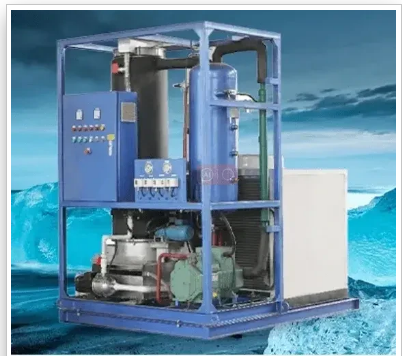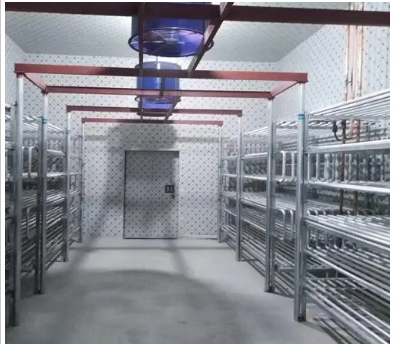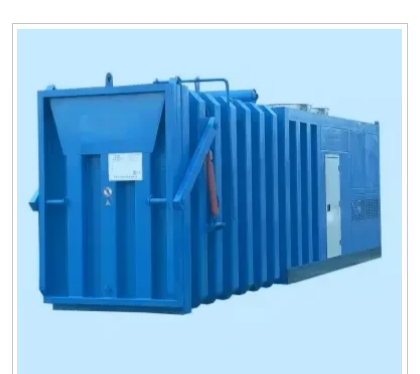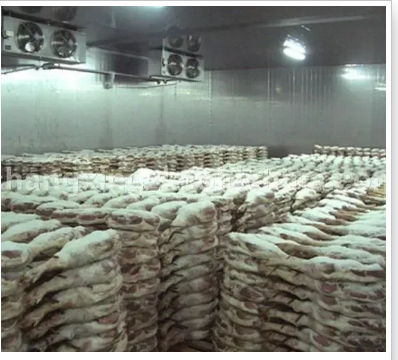High Efficiency Dual Circuit Refrigeration System for Optimized Condensing Performance
Understanding Dual Circuit Condensing Units A Comprehensive Overview
In the realm of refrigeration and air conditioning, the efficiency and reliability of condensing units play a pivotal role. Among the various types of condensing units available in the market, dual circuit condensing units have garnered significant attention due to their enhanced performance and operational flexibility. This article delves into the intricacies of dual circuit condensing units, exploring their design, benefits, applications, and maintenance considerations.
What is a Dual Circuit Condensing Unit?
A dual circuit condensing unit is an advanced refrigeration system that features two separate refrigeration circuits within a single unit. Each circuit operates independently, allowing for better control over refrigeration and air conditioning processes. This design feature enables the unit to manage varying loads effectively, making it particularly advantageous in commercial applications where demand can fluctuate significantly.
The primary components of a dual circuit condensing unit include compressors, condensers, evaporators, and expansion devices. Typically, each circuit is equipped with its own compressor and condenser, but they may share common components such as the evaporator. This configuration allows for redundancy, which enhances the overall reliability of the system.
Key Benefits of Dual Circuit Condensing Units
1. Increased Reliability One of the most notable advantages of dual circuit condensing units is their reliability. If one circuit fails, the other can continue to operate, thereby reducing the risk of complete system failure. This feature is particularly critical for businesses that rely on constant refrigeration, such as restaurants and supermarkets.
2. Improved Efficiency Dual circuit systems can optimize energy consumption by running only the necessary compressor(s) to meet the current cooling load. This flexibility allows the unit to operate more efficiently during both peak and off-peak times, leading to lower energy bills and a reduced environmental footprint.
3. Enhanced Control The independent operation of each circuit provides superior control over temperature and humidity levels. This capability is especially beneficial in applications requiring precise environmental conditions, such as in pharmaceutical storage or food processing facilities.
4. Scalability Dual circuit condensing units offer scalability, allowing businesses to expand their cooling capacity without the need for extensive system overhauls. This adaptability makes them an ideal choice for growing enterprises.
5. Reduced Maintenance Costs With dual circuits, maintenance can often be performed on one circuit without taking the entire system offline. This feature minimizes downtime and reduces maintenance-related costs.
Applications of Dual Circuit Condensing Units
dual circuit condensing unit

Dual circuit condensing units are widely used across various industries, including
- Food and Beverage Industry In commercial refrigeration and food storage, these units ensure that temperature-sensitive products are kept at optimal conditions. - HVAC Systems They are also used in heating, ventilation, and air conditioning systems for both residential and commercial buildings. - Pharmaceuticals In the pharmaceutical industry, maintaining specific temperatures is crucial for the efficacy of many products, making dual circuit units a preferred choice. - Industrial Processing Many manufacturing processes require consistent cooling to prevent product spoilage or damage, where dual circuit units can provide the necessary reliability and efficiency.
Maintenance Considerations
While dual circuit condensing units are designed for durability, regular maintenance is essential to ensure their optimal performance and longevity. Here are a few maintenance tips
1. Regular Inspections Schedule periodic inspections to assess the condition of the compressors, condensers, and evaporators. Detecting potential issues early can prevent costly repairs and prolonged downtime.
2. Cleaning Keep the coils, drain pans, and filters clean to ensure efficient airflow and heat exchange. Dirty components can lead to increased energy consumption and reduced cooling efficiency.
3. Refrigerant Levels Monitor refrigerant levels regularly to ensure there are no leaks and that each circuit is operating within manufacturer specifications.
4. Check Electrical Connections Inspect the electrical components and wiring for signs of wear or damage, which can lead to failures if not addressed promptly.
5. Professional Maintenance Engage qualified technicians for routine maintenance to leverage their expertise in diagnosing and addressing any complex issues.
Conclusion
Dual circuit condensing units represent an evolution in refrigeration technology, offering a blend of reliability, efficiency, and control. Their robust design and flexibility make them suitable for a wide range of applications, ensuring that businesses maintain optimal operational conditions while minimizing energy consumption and maintenance costs. As industries continue to prioritize efficiency and reliability, the popularity of dual circuit condensing units is likely to grow, cementing their place in modern refrigeration systems.
-
The Role of Modern Ice Machines in Food, Beverage, and Industrial ApplicationsNewsAug.24,2025
-
Next-Generation IQF Solutions: From Small IQF Freezer to Emergency Cold Storage TechnologiesNewsAug.24,2025
-
Advanced Refrigeration Technology: From Airtight Freezer Machine to Intelligent Cold Storage SolutionsNewsAug.24,2025
-
Reliable Cold Storage Rooms for Sale and Modern Industrial Refrigeration SolutionsNewsAug.24,2025
-
Reliable Coolroom for Sale and Advanced Cold Storage SolutionsNewsAug.24,2025
-
Cold Room Cost And Refrigeration Solutions From Shijiazhuang XuexiangNewsAug.24,2025






